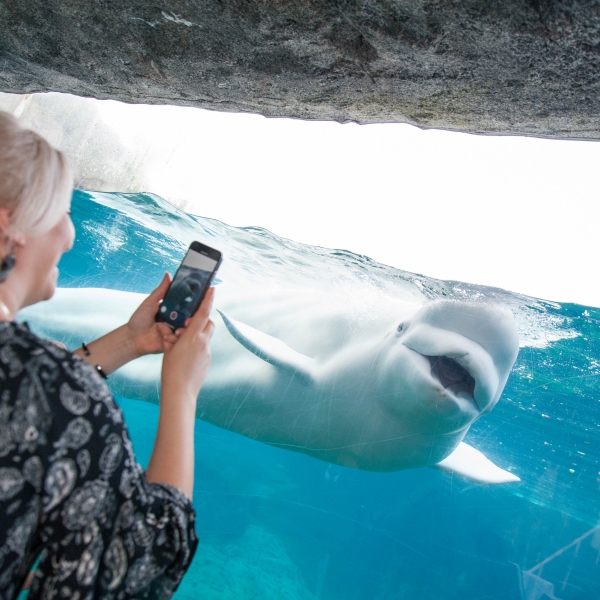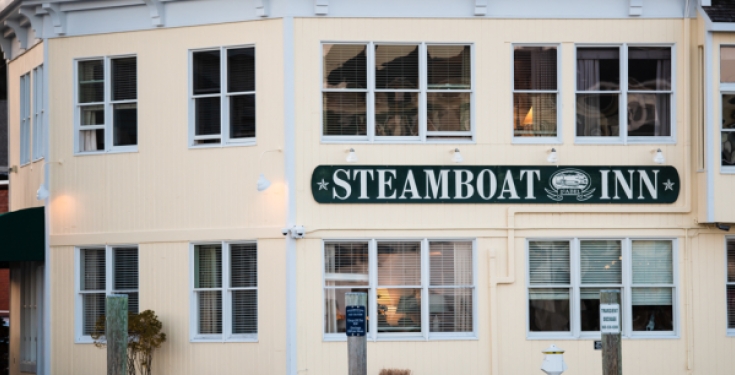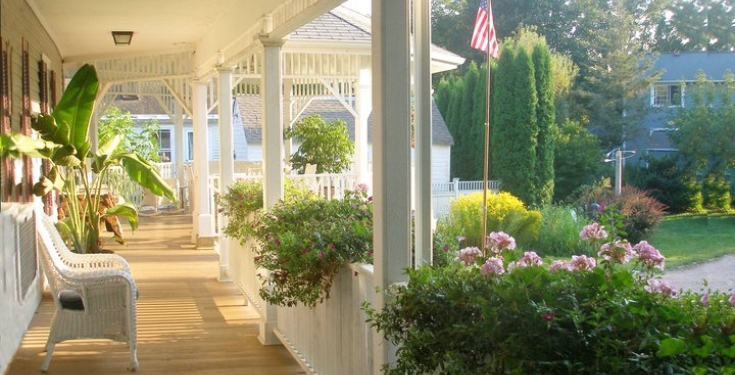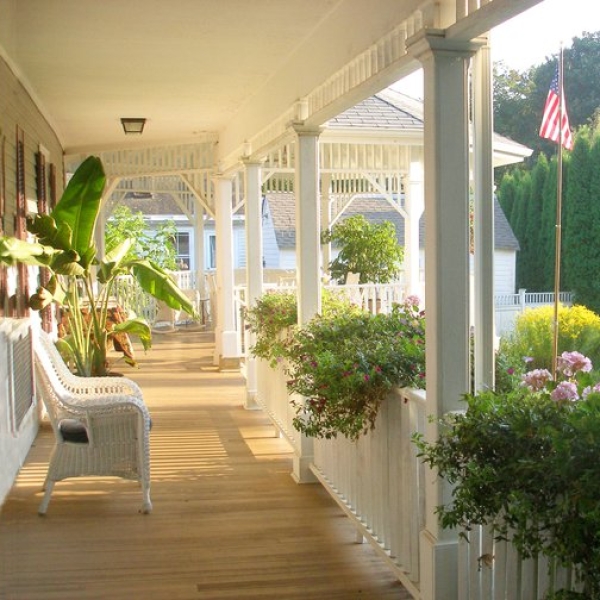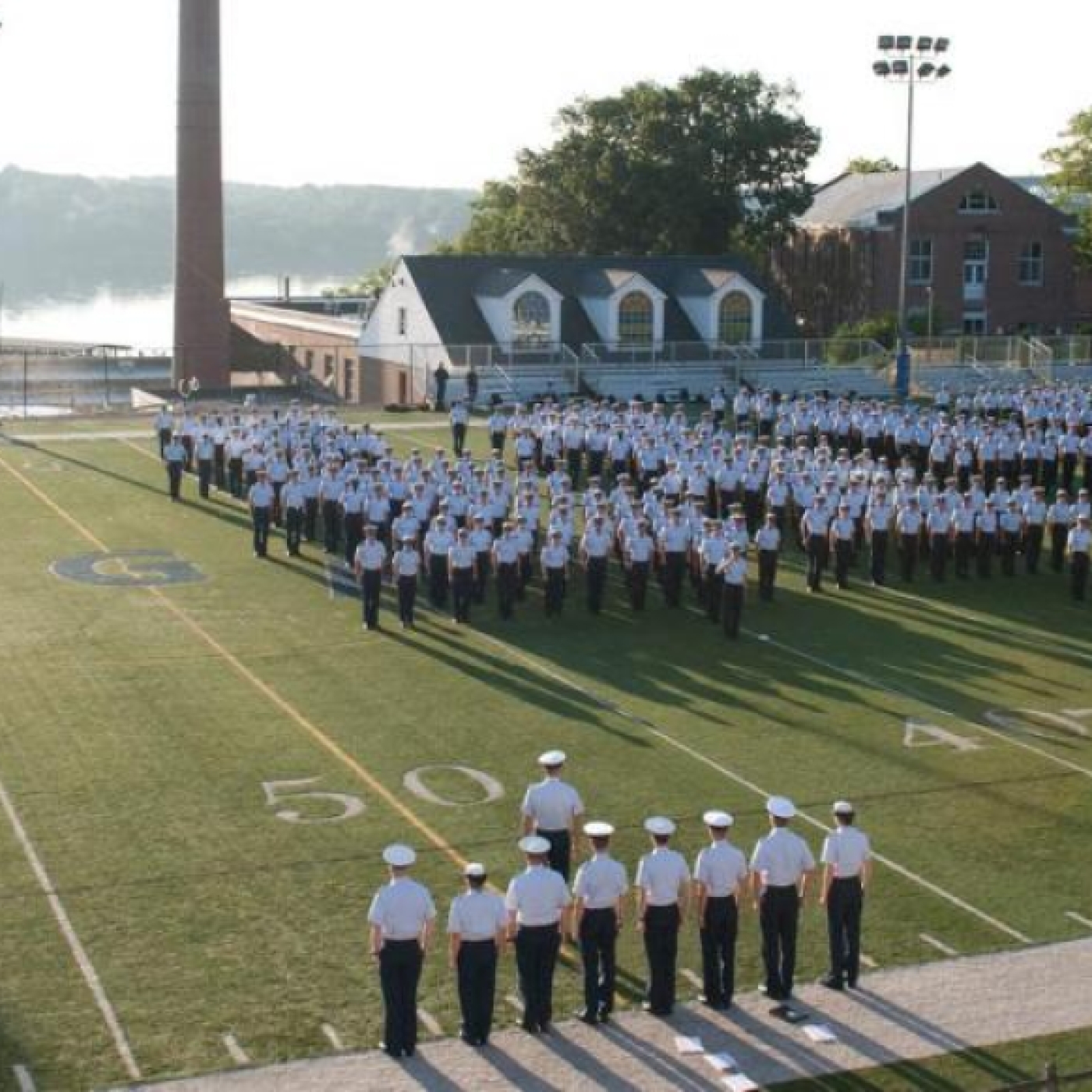
Historic Boats on Display
Connecticut’s maritime history is long and distinguished, running up the coast from Greenwich to Stonington. This easy-to-manage Getaway stays out on the eastern end of the state, and it’s most rewarding to those who love boats.
- Spring
- Summer
- Fall
- U.S. Coast Guard Training Barque “Eagle”
- The U.S. Coast Guard Museum
- USS Nautilus
- Mystic Seaport Museum
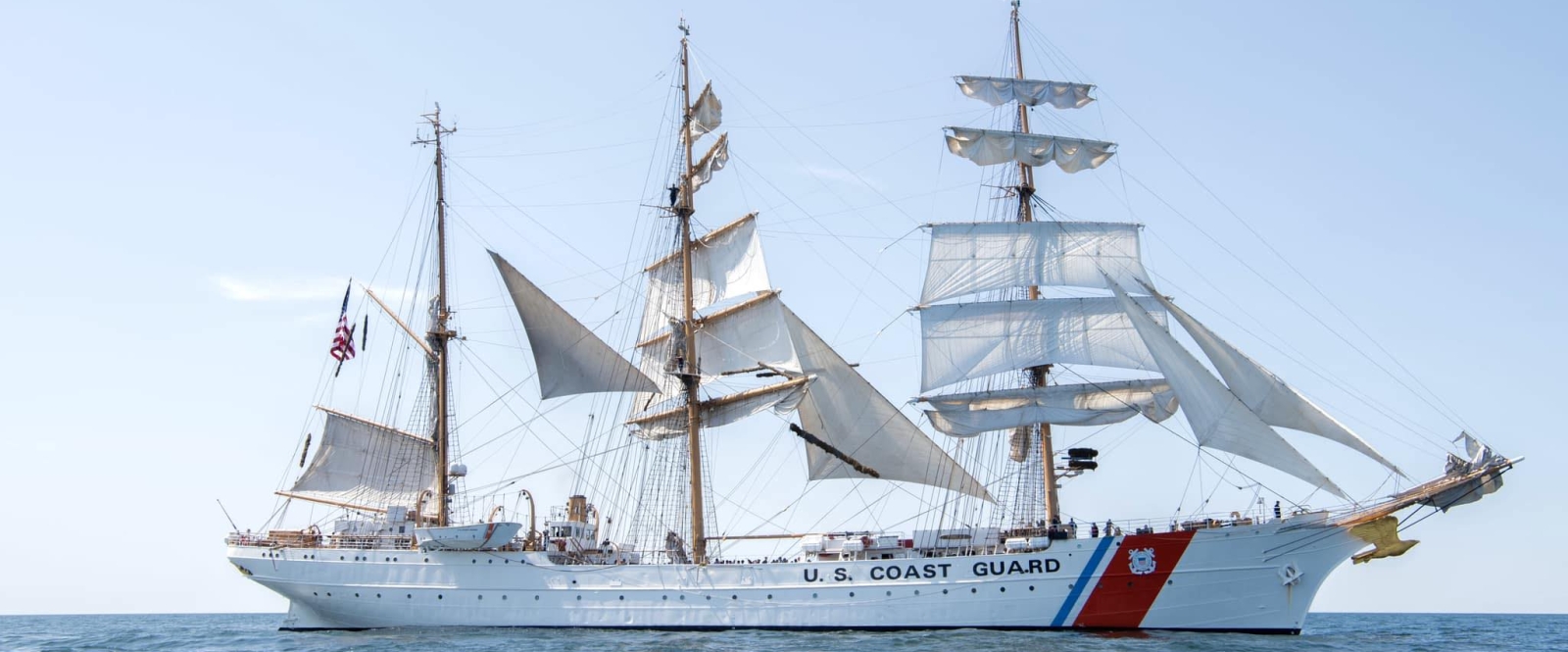

U.S. Coast Guard Training Barque “Eagle”
Begin this getaway by checking the up-to-date schedule of the U.S. Coast Guard’s Eagle, whose home port is New London (where the U.S. Coast Guard Academy is located) but which is often out on training sails for the cadets. Tours of the 295-foot tall ship are free. Eagle was built by Germany in 1936 as a training vessel and seized by the U.S. at the end of World War II as part of the war reparations.

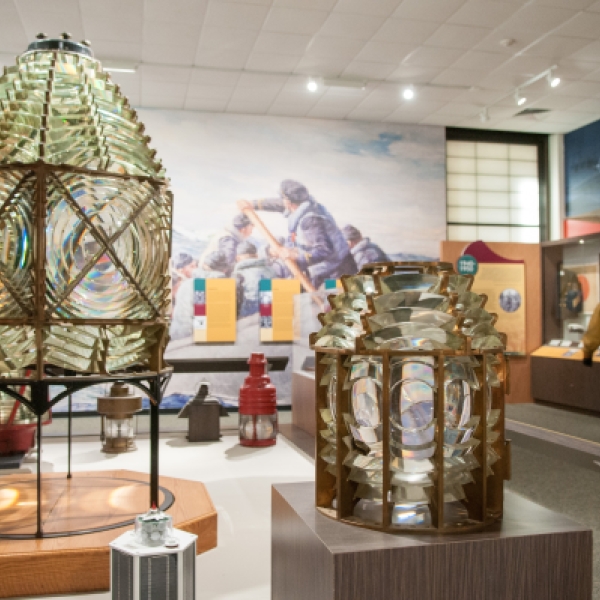
The U.S. Coast Guard Museum
The U.S. Coast Guard Museum displays historical artifacts from the U.S. Coast Guard, based in New London, the oldest life-saving service in the world. Named Best Military Museum in New England by Yankee Magazine, the 4,000-square-foot facility has an extensive collection of ship models, uniforms, medals and paintings, as well as the original figurehead from the training vessel Eagle and a Francis Life Car, which was used to make rescuing lives at sea safer.
Historic Ship Nautilus & Submarine Force Museum, Groton
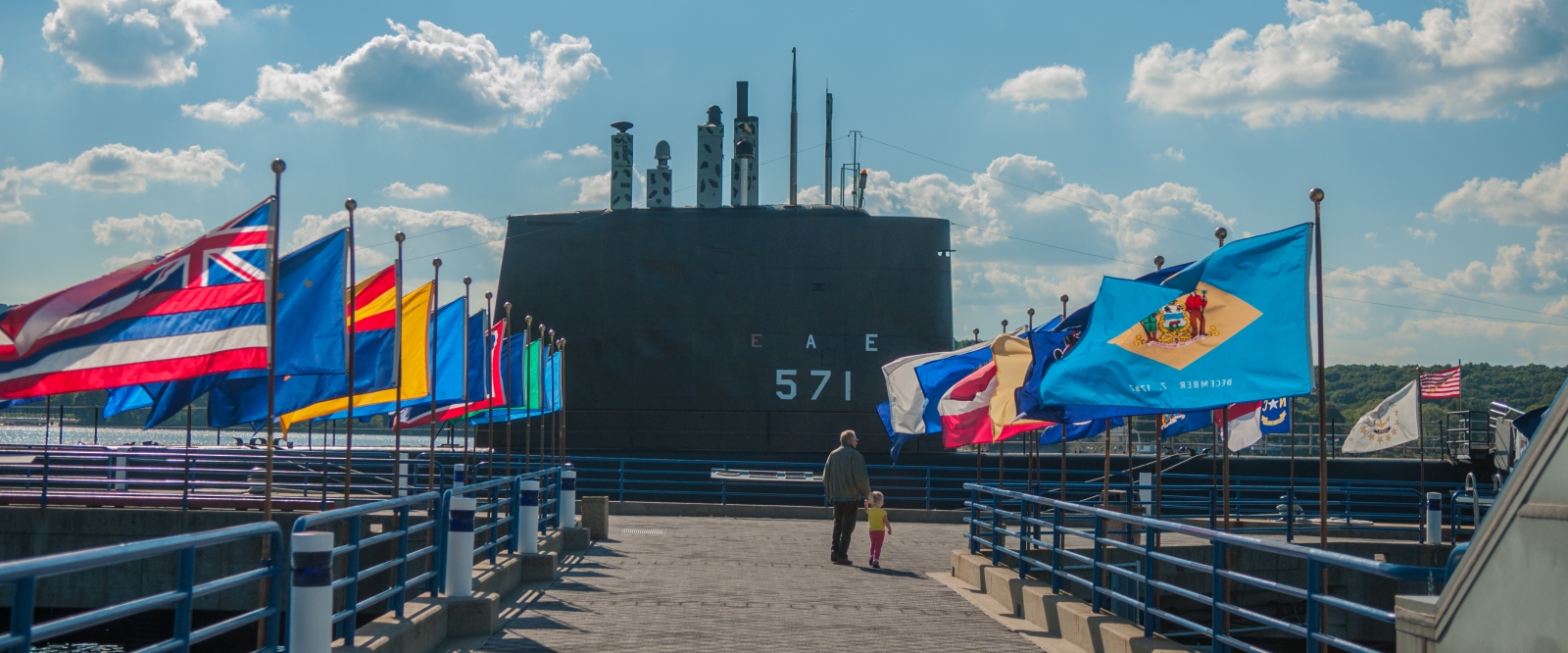
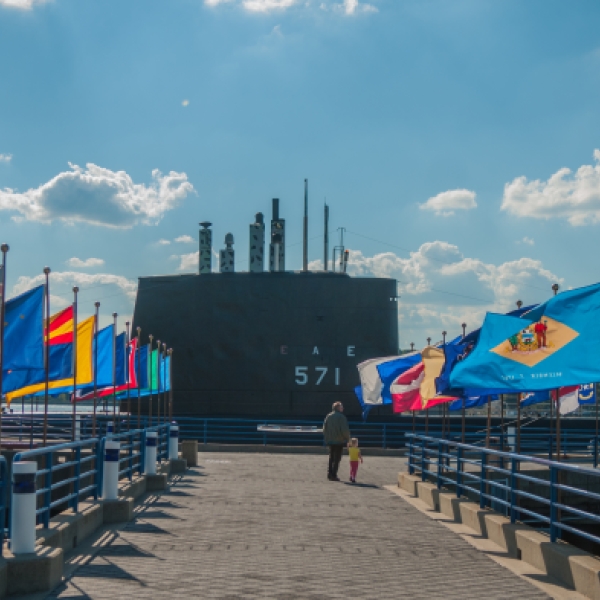
USS Nautilus
The world’s first nuclear-powered submarine slid down the ways in Groton and into the Thames River in 1954. During its 25 years at sea, the Nautilus covered over 500,000 miles, including an historic and highly secret trip beneath the North Pole and duty during the Cuban Missile Crisis. These days, you can tour the boat here and view displays of submarine history in general.
There are lots of good restaurants and interesting places to stay in this part of Connecticut.
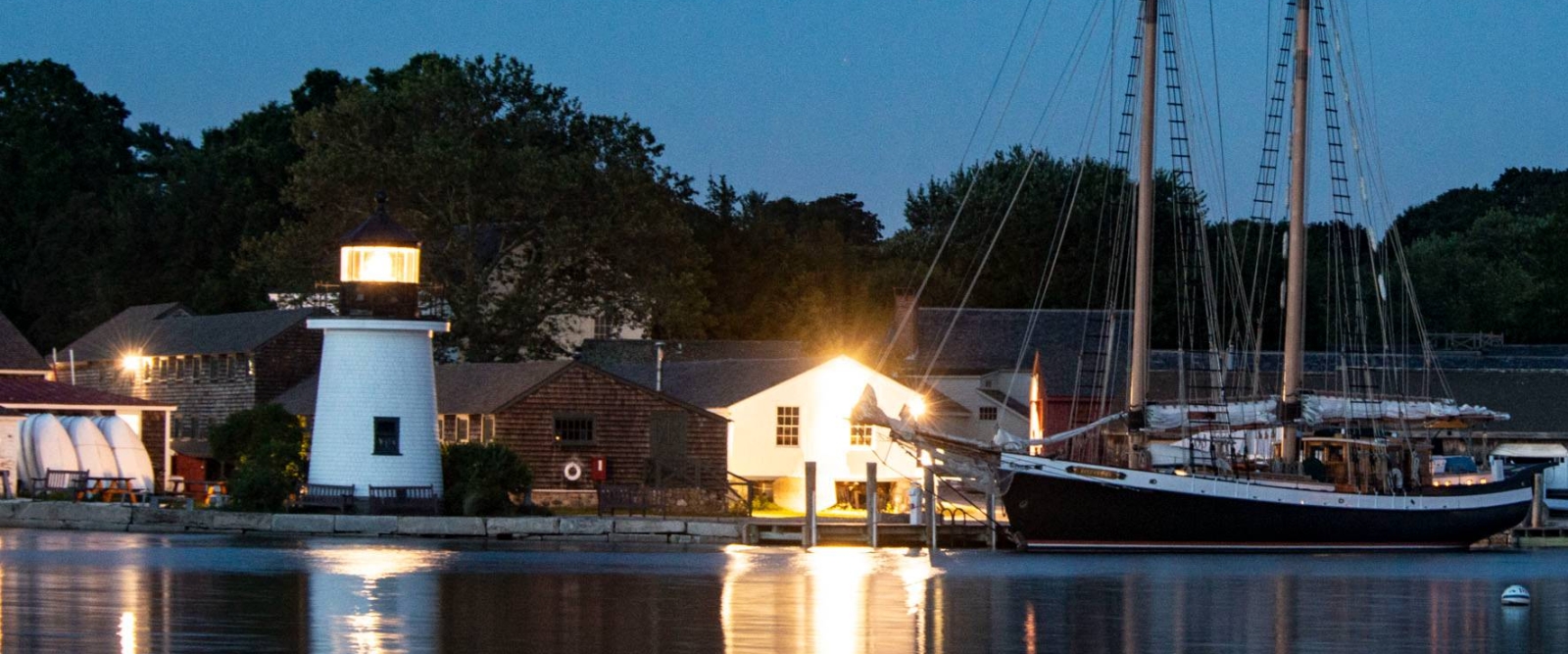
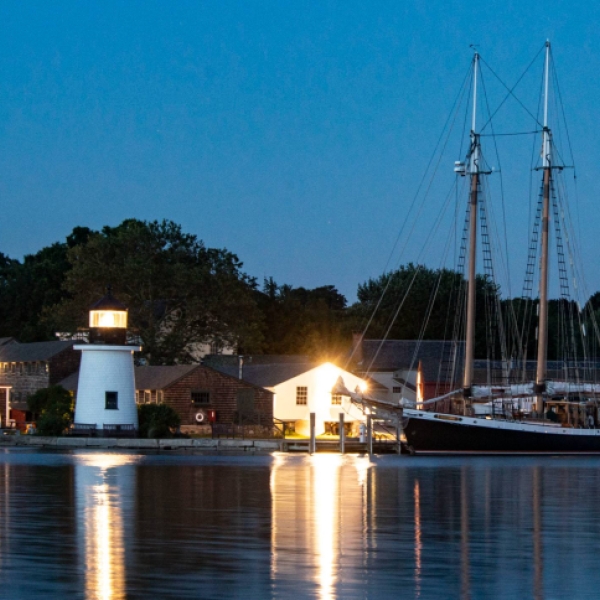
Mystic Seaport Museum
Next day, it’s on to Mystic Seaport Museum, where every sort of boat is on display, it seems, and quite a few of them are genuinely historic. Most notable is the world’s last surviving wooden whaleship, the Charles W. Morgan, now newly restored, but also available for viewing are L.A. Dutton, an early 20th-century fishing schooner; Emma C. Berry, an 1866 Noank smack used for fishing; and other standouts.











